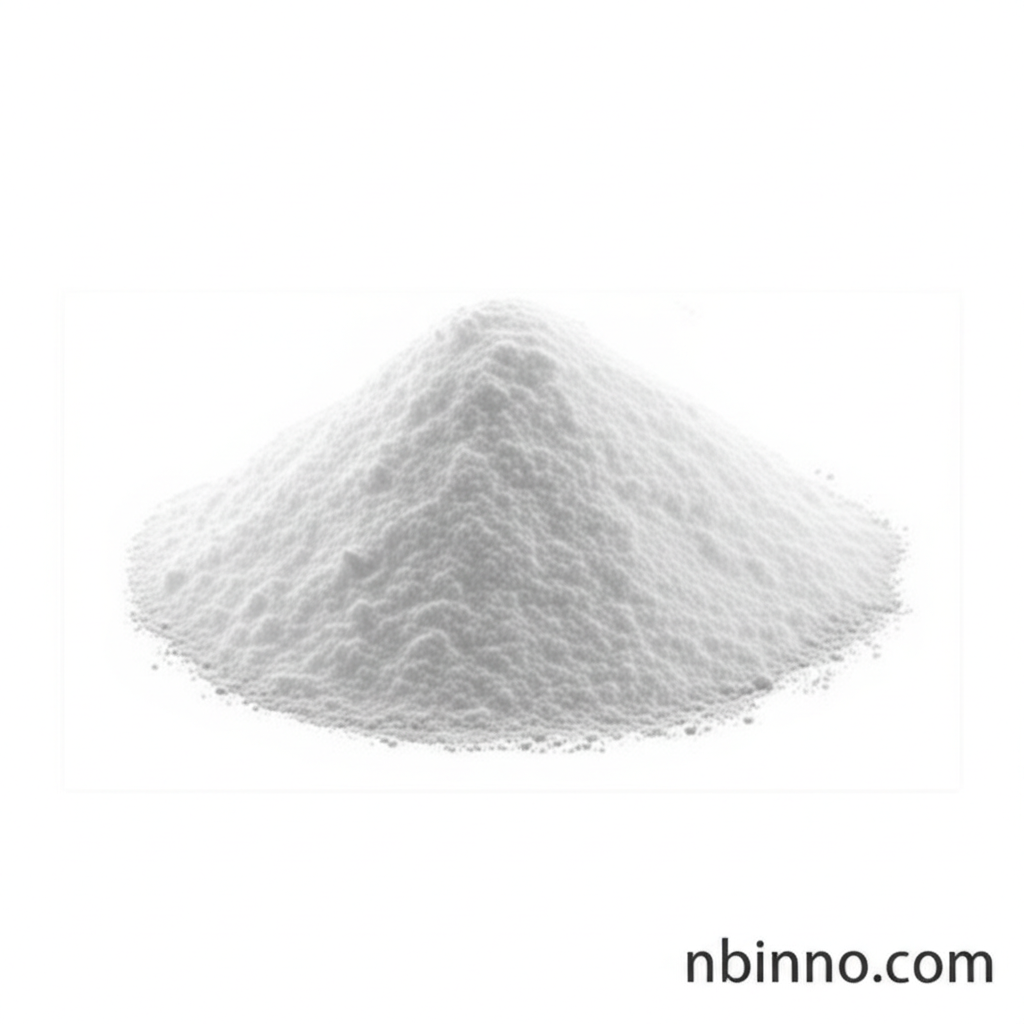18-Crown-6: The Versatile Crown Ether for Complexation and Catalysis
Unlock new possibilities in organic synthesis with the powerful binding capabilities of 18-Crown-6.
Get a Quote & SampleProduct Core Value

18-Crown-6
18-Crown-6 is a highly effective organic compound renowned for its exceptional ability to complex various metal cations, with a particular affinity for potassium ions. This makes it an invaluable tool in phase transfer catalysis, significantly accelerating reaction rates and improving yields in organic synthesis.
- Discover the advantages of 18-crown-6 chemical synthesis for your research projects.
- Leverage the power of phase transfer catalysis with 18-crown-6 to optimize your reactions.
- Explore the precise potassium ion complexation capabilities of this essential chemical intermediate.
- Learn how to buy 18-crown-6 online for your laboratory needs.
Key Advantages
Enhanced Reaction Efficiency
Utilize 18-crown-6 to boost reaction speeds and yields in various organic transformations, a critical aspect of efficient chemical synthesis.
Solubilization of Salts
Experience the capability of 18-crown-6 in dissolving normally insoluble salts in organic solvents, opening new pathways for reactions requiring specific ionic environments.
Nucleophilic Activation
Benefit from 18-crown-6's role in generating 'naked' nucleophiles, significantly increasing their reactivity in substitution reactions.
Key Applications
Phase Transfer Catalysis
18-Crown-6 is a premier phase transfer catalyst, essential for conducting reactions between immiscible phases and improving the accessibility of reactants for better organic synthesis outcomes.
Organic Synthesis
Its unique chelating properties make 18-crown-6 indispensable in various organic synthesis pathways, aiding in the creation of complex molecules.
Chemical Complexation
The compound's structure is optimized for binding specific cations, finding use in analytical chemistry and separation processes.
Catalysis
Beyond phase transfer, 18-crown-6 can facilitate other catalytic processes by stabilizing intermediates or activating reactants.
